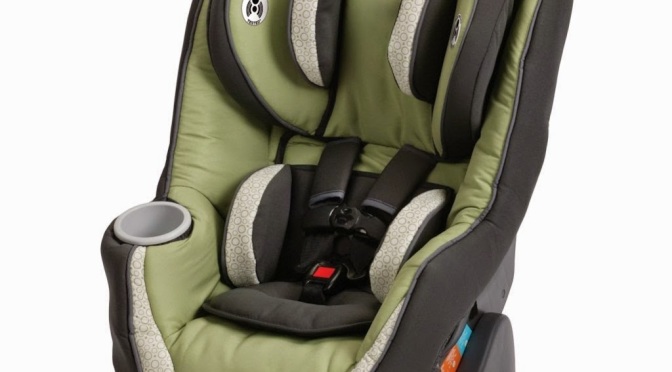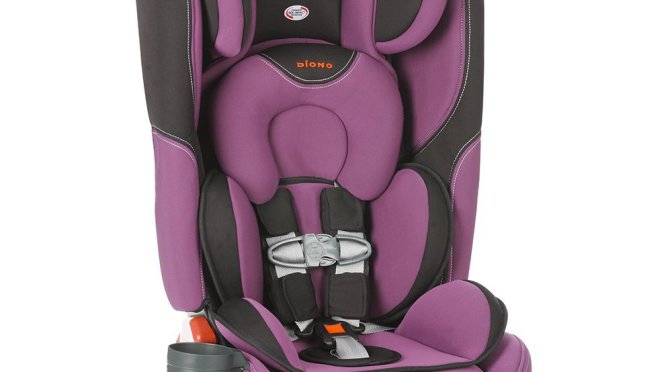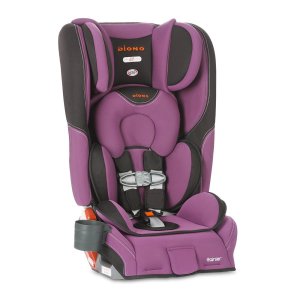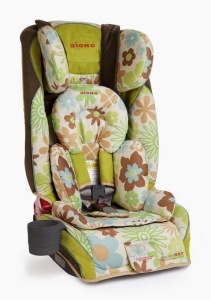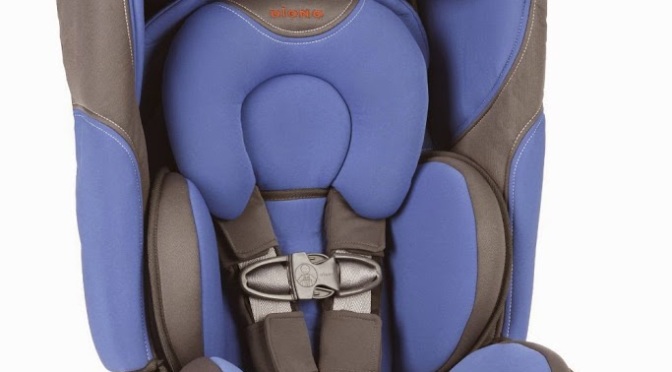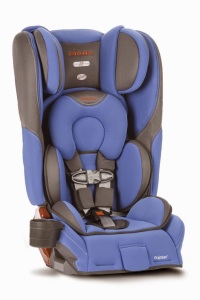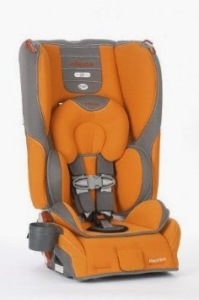When it comes to car safety, you can focus on driving safely and you can focus on choosing a safe car. However, if you have children, you also need to focus on choosing a safe car seat. This is one of a series of reviews I’ll write on what I consider to be the best car seats currently available in the United States.
You know the basics of best practices in car seat safety: rear-face as long as possible (ideally until 4!), and then forward-face as long as possible (ideally until 8!), and then booster until a regular belt fits your child (which typically happens between 10 and 12).
However, not everyone has the money for a rear-facing beast like the Rainier or Foonf, or the current forward-facing leaders, the Frontier 90 and the Pinnacle 90. So what’s a parent invested in car safety but on a smaller budget to do?
This is what this post is designed to answer. In my opinion, the best choice under $200 currently on the market for ERF is the Graco Size4Me 65, while the best choice under $200 currently on the market for forward-facing and boostering is the Britax Pioneer 70. These two seats show that keeping your children safe doesn’t need to break the family piggy bank.
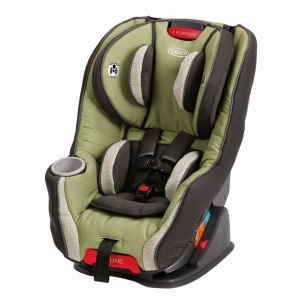 Why do I like the Size4Me 65 so much? Well, you can read the full review of it here. But in a nutshell, it allows rear-facing from 5-40 pounds and includes a shell height of around 27.5.” This means that virtually every child in the seat will be able to reach 40 pounds before outgrowing it.
Why do I like the Size4Me 65 so much? Well, you can read the full review of it here. But in a nutshell, it allows rear-facing from 5-40 pounds and includes a shell height of around 27.5.” This means that virtually every child in the seat will be able to reach 40 pounds before outgrowing it.
This is a seat that will allow your child to rear-face as long as a child in a country with the best rear-facing policies in the world (Sweden), and for less than $40 a year over the course of its useful rear-facing life! To me, that’s nothing short of amazing.
As a bonus, the Size4Me can then be used as a forward-facing seat until a child reaches 65 pounds or 52″ in height. This is as long as one of the highest quality car seats currently available, the Foonf, can be used in forward-facing mode by weight, and even longer than the Foonf by height!
There are drawbacks to the Size4Me, of course. For example, children who are much higher on the weight percentiles will outgrow it as a rear-facing seat before turning 5. For such children, seats like the Rainier or Foonf, with their 50 pound rear-facing weight limits would be better choices. But for typical weight children of parents on a budget, this is currently the best seat on the market, in my opinion, for extended rear-facing.
I recommend the Graco Size4Me 65 wholeheartedly. You can buy the Graco Size4Me 65 in a range of colors here.
Of course, there’s more to car seat safety than rear-facing. Eventually, your child will need to forward-face, and the Size4Me 65 tops out at 65 pounds. There are a number of expensive seats that will allow you to forward-face in a harness for a long time, but what if you’re on a budget?
The Best and Safest Combination Car Seat for Forward-Facing and Boostering for under $200
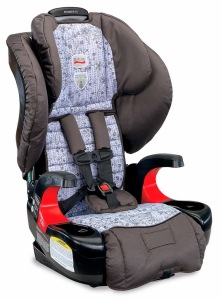 Why do I like the Pioneer 70 so much? Well, you can read the full review of it here. But in a nutshell, it allows forward-facing in a harness from 25-70 pounds and includes a top harness height of 19.5.” This means that most children will actually be able to reach 70 pounds before outgrowing it.
Why do I like the Pioneer 70 so much? Well, you can read the full review of it here. But in a nutshell, it allows forward-facing in a harness from 25-70 pounds and includes a top harness height of 19.5.” This means that most children will actually be able to reach 70 pounds before outgrowing it.
For a 50th percentile boy or girl by weight, that weight range won’t be reached until around 9 years!
This is a seat that will allow your child to forward-face in a harness well into the range at which most children are developmentally mature enough to begin using a booster (age 8) and for less than $50 a year over the course of its useful forward-facing life if used from age 5 to age 9! To me, that’s nothing short of amazing.
From there, it can then be used as a booster seat until a child weighs 110 pounds or 60″ in height. Most children will need boosters until they are between 4’9″ and 5′ in height, which means that the Pioneer could be the last car seat your child ever needs!
There are drawbacks to the Pioneer 70, of course. For example, children who are much higher on the height or weight percentiles will outgrow it as a forward-facing seat before turning 9. For such children, seats like the Frontier 90 or Pinnacle 90, with their 20.5″ top harness heights and 90 pound forward-facing weight limits, would be better choices. But for typical weight children of parents on a budget, this is currently the best seat on the market, in my opinion, for forward-facing and then boostering children.
I recommend the Britax Pioneer 70 wholeheartedly. You can buy the Britax Pioneer 70 in a range of colors here.
—
If you find the information on car safety, recommended car seats, and car seat reviews on this car seat blog helpful, you can shop through this Amazon link for any purchases, car seat-related or not. Canadians can shop through this link for Canadian purchases.

